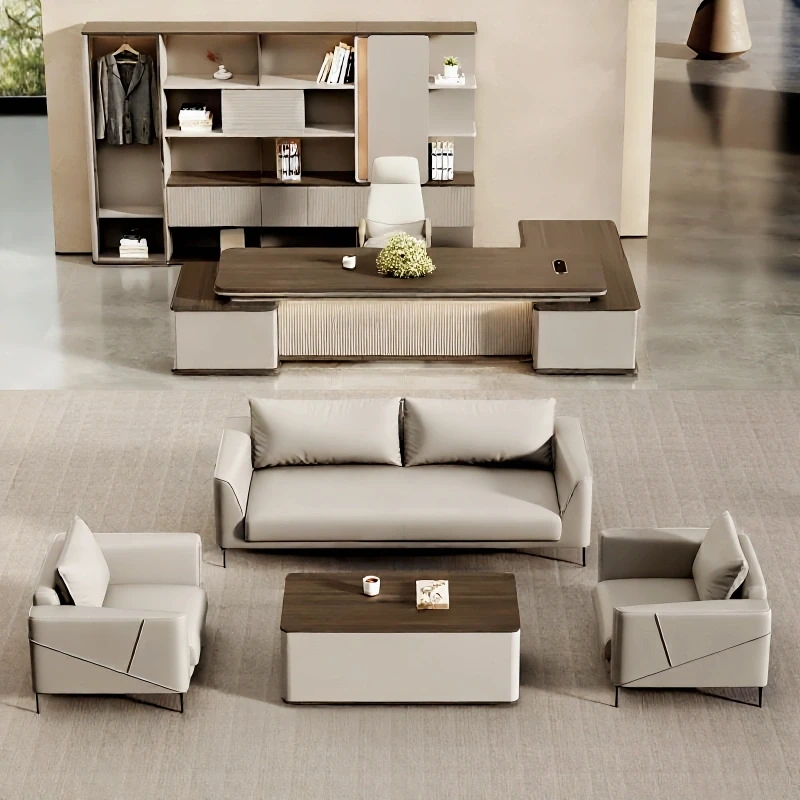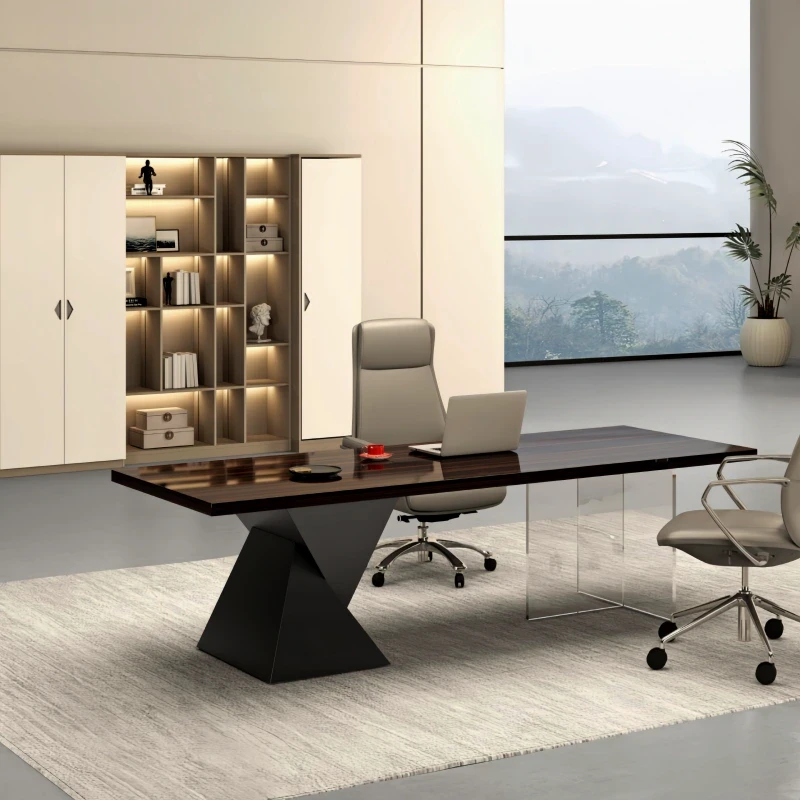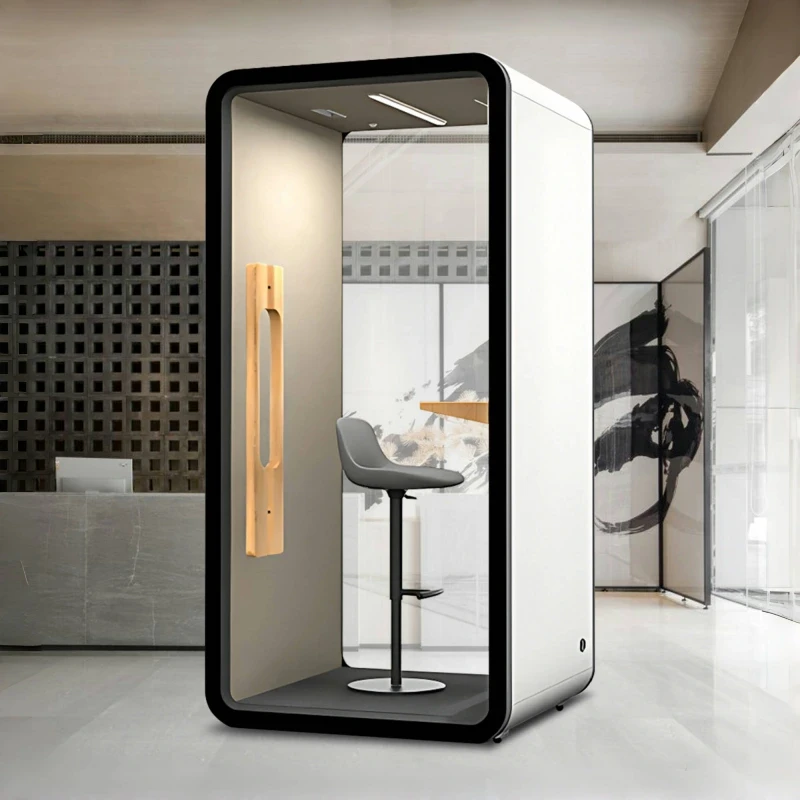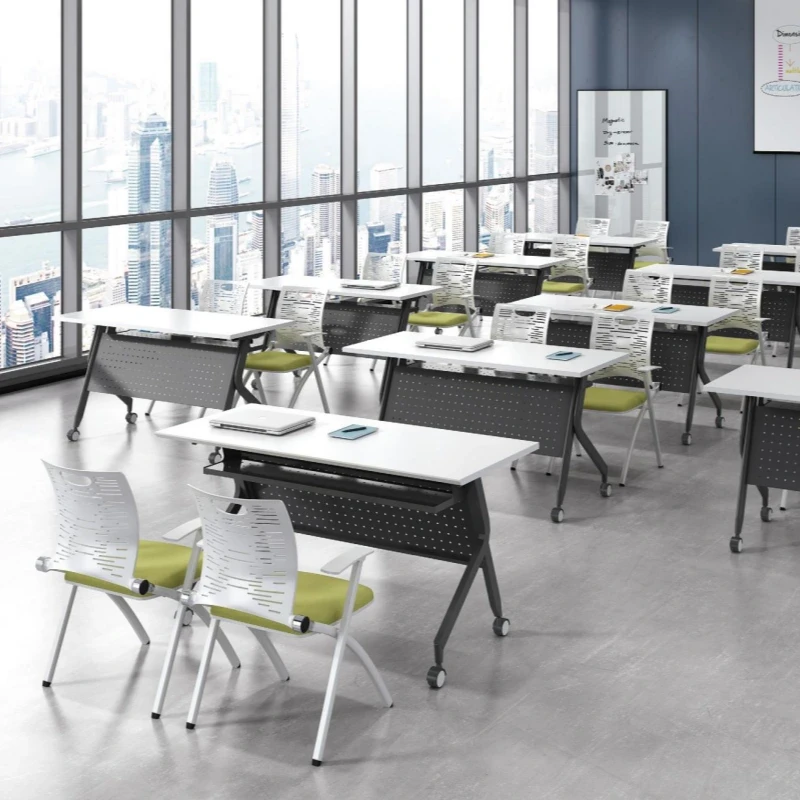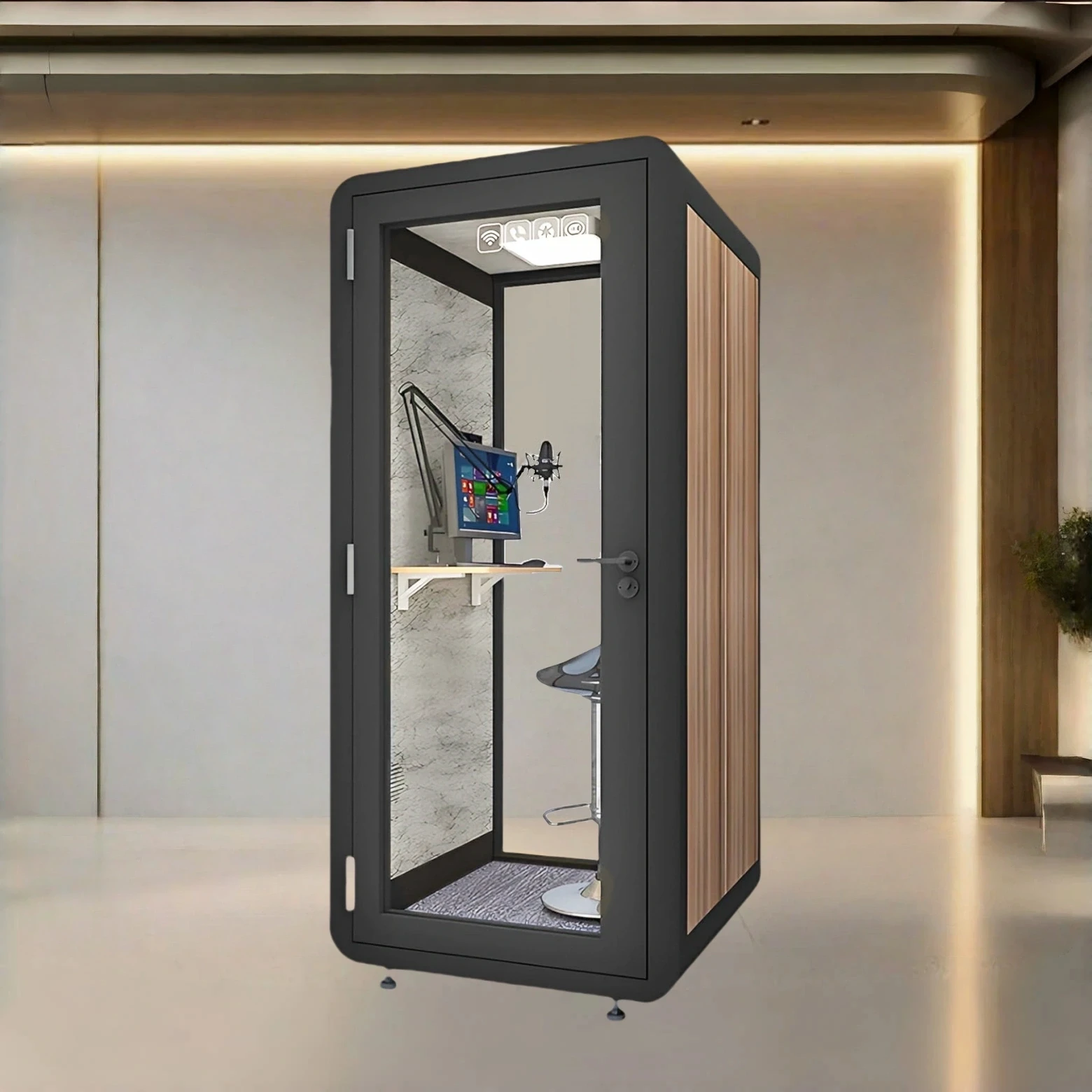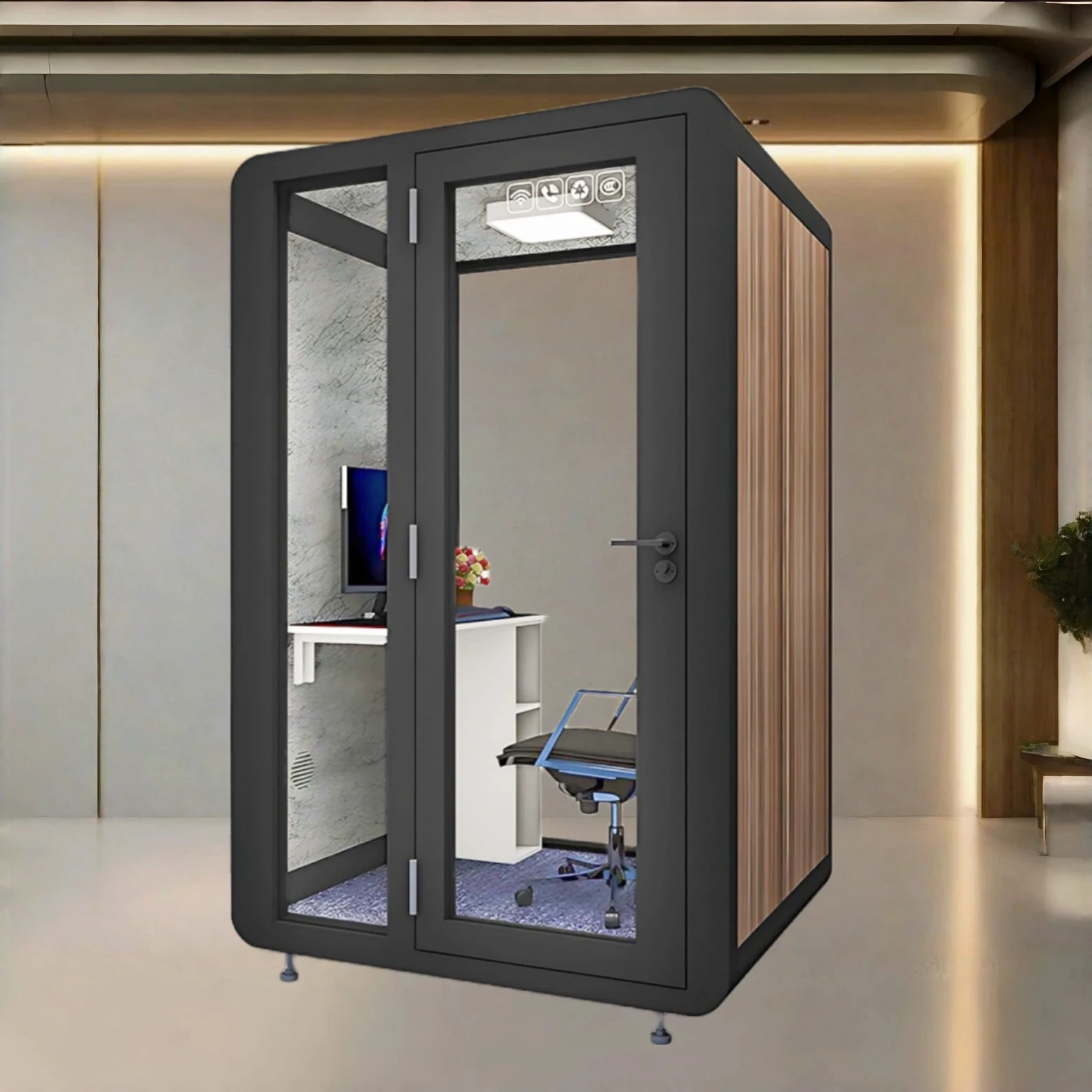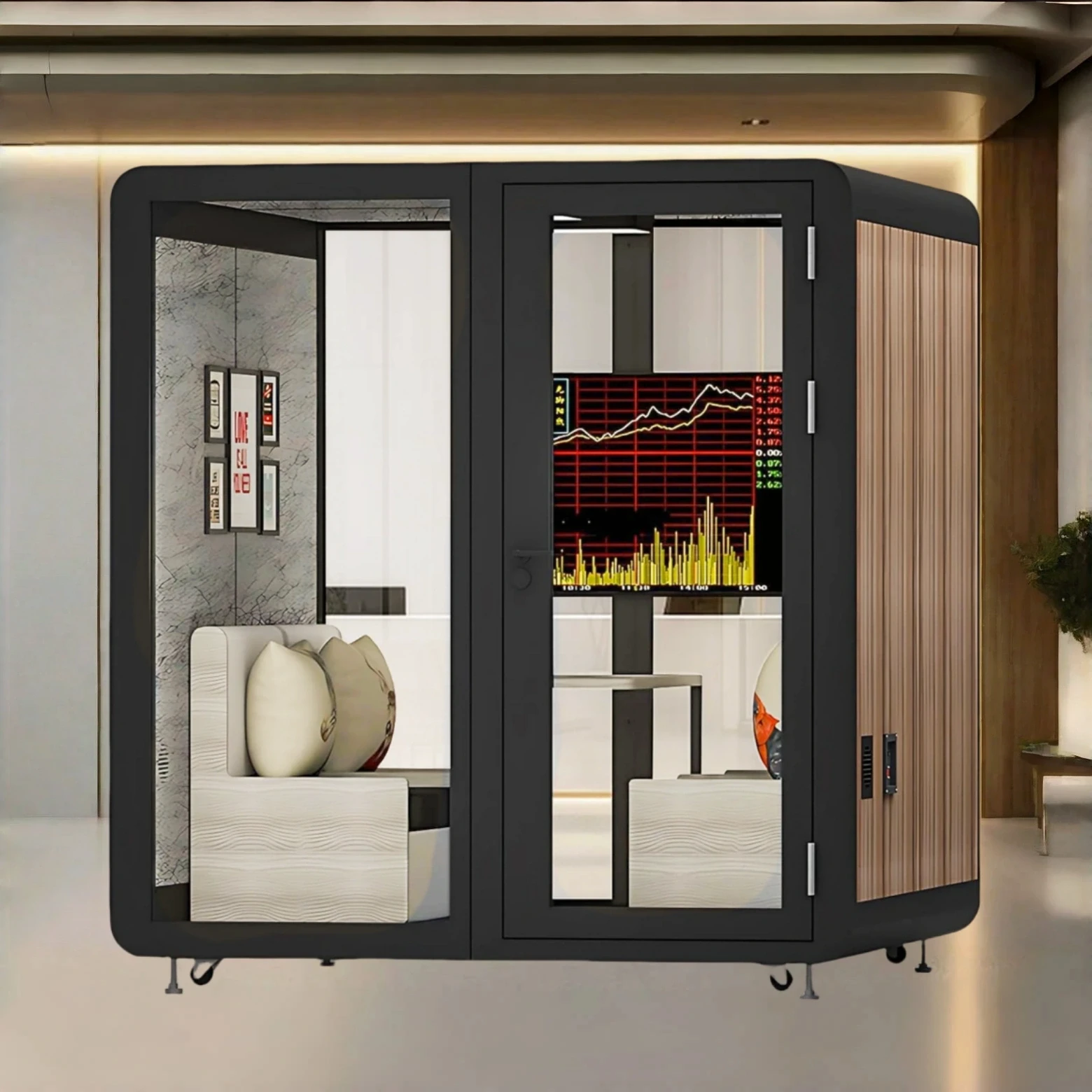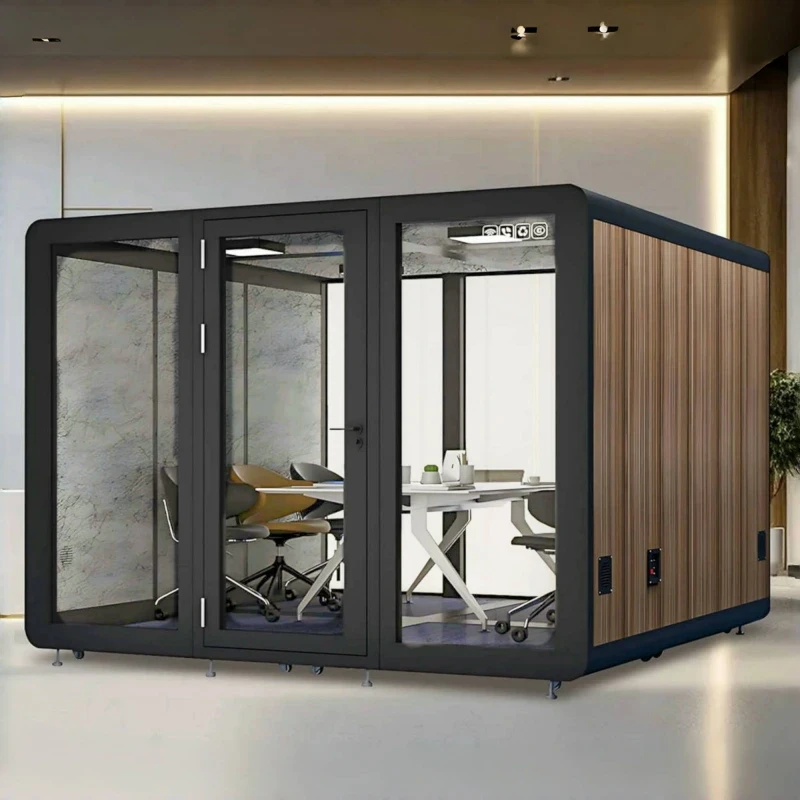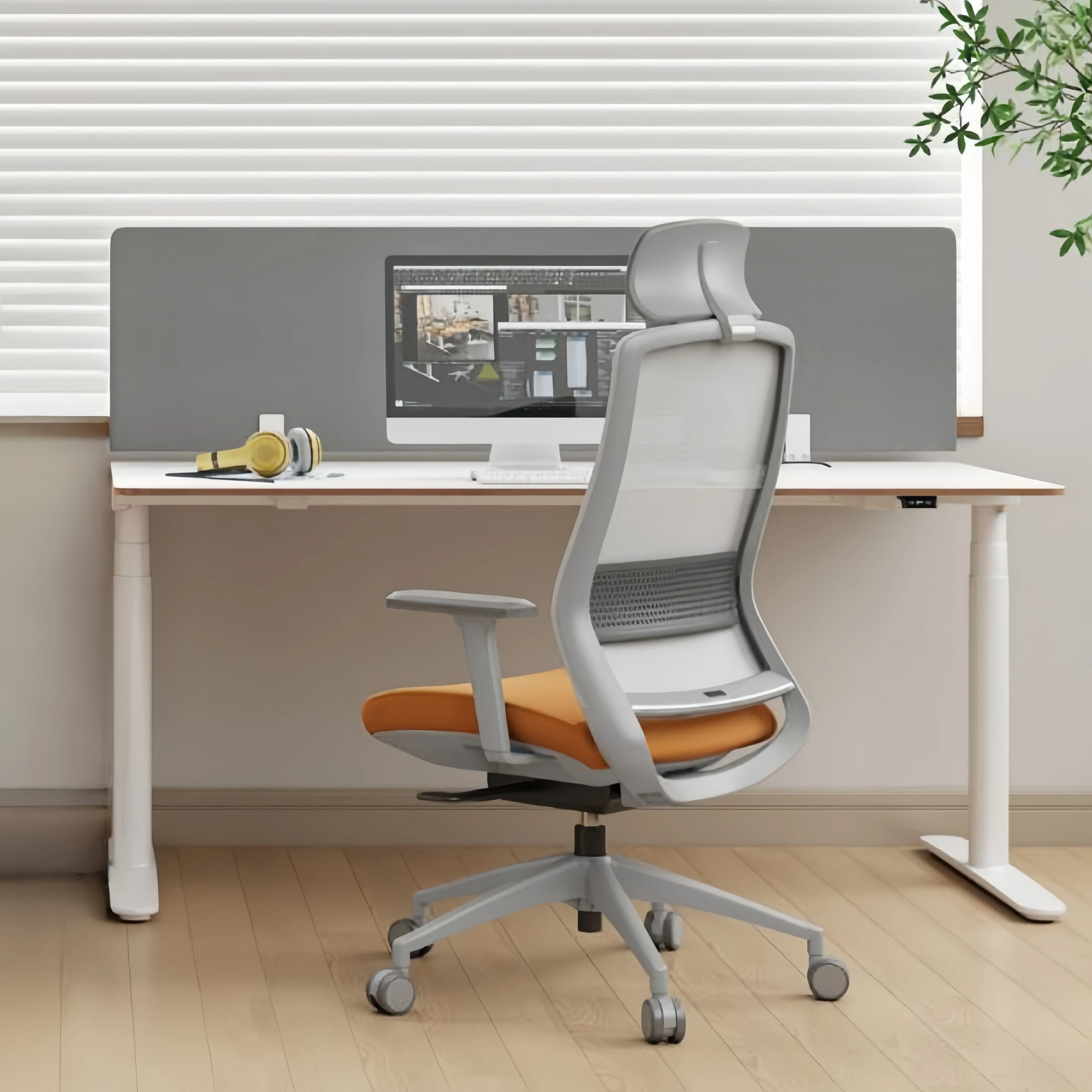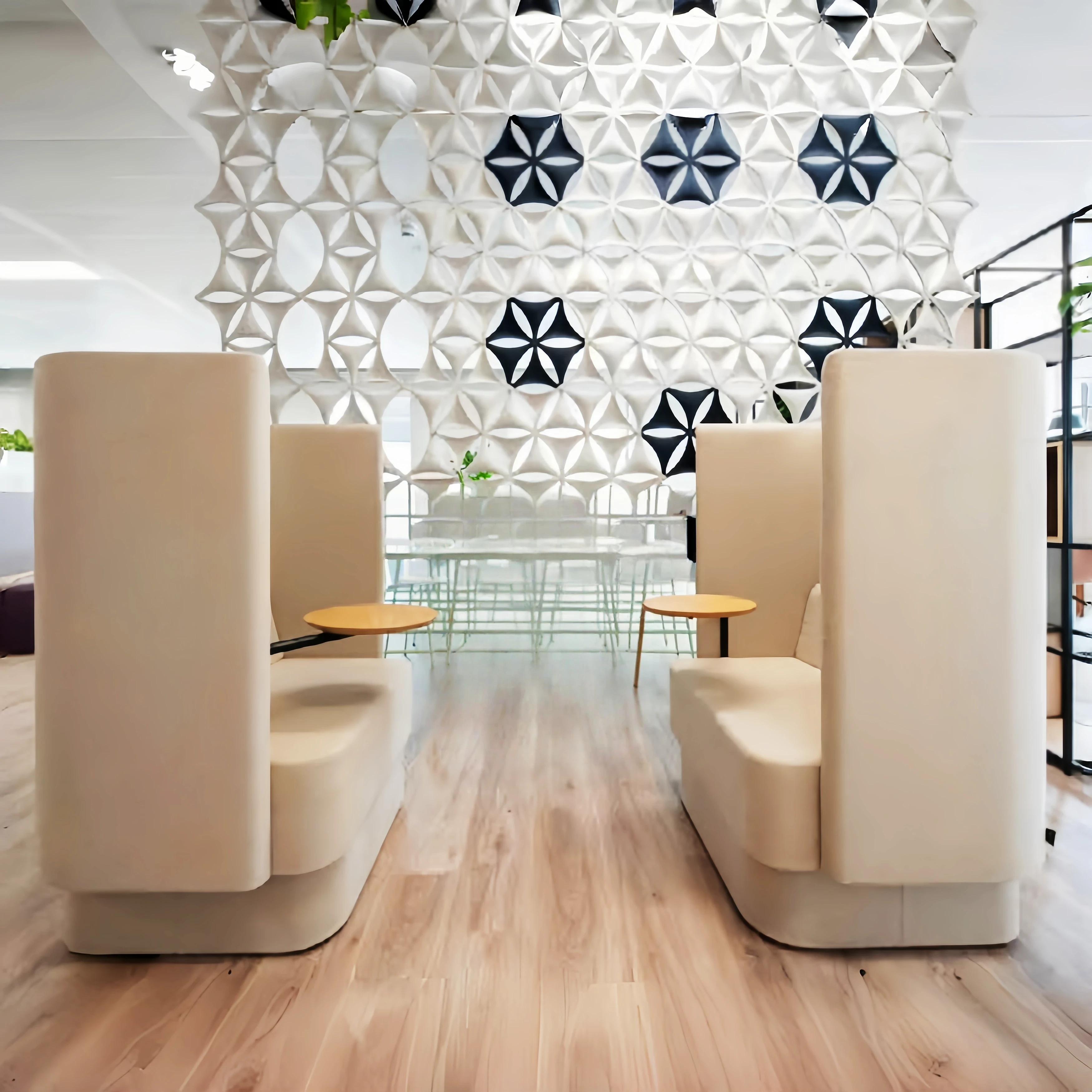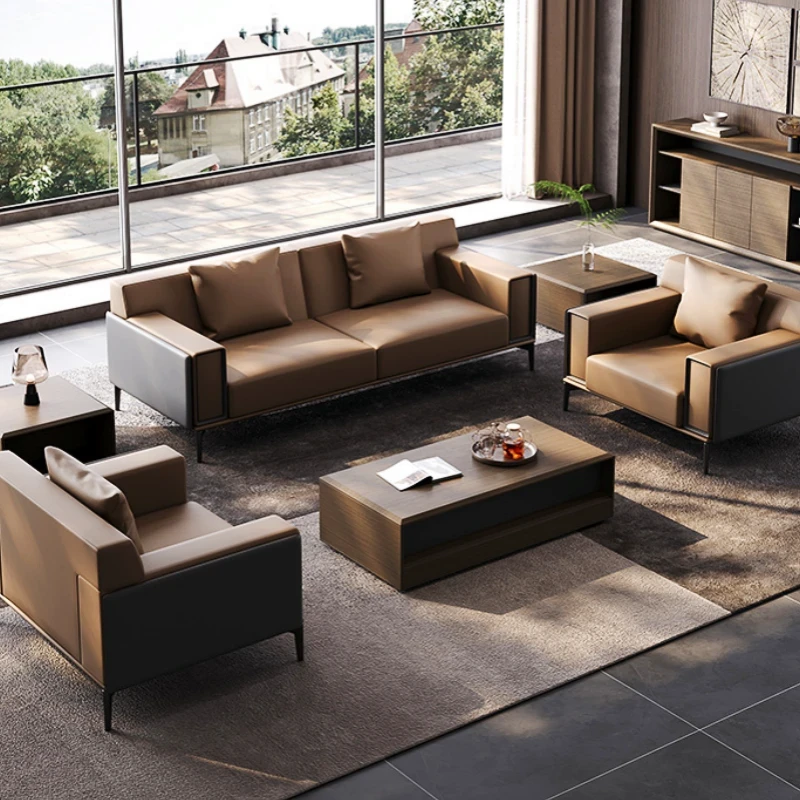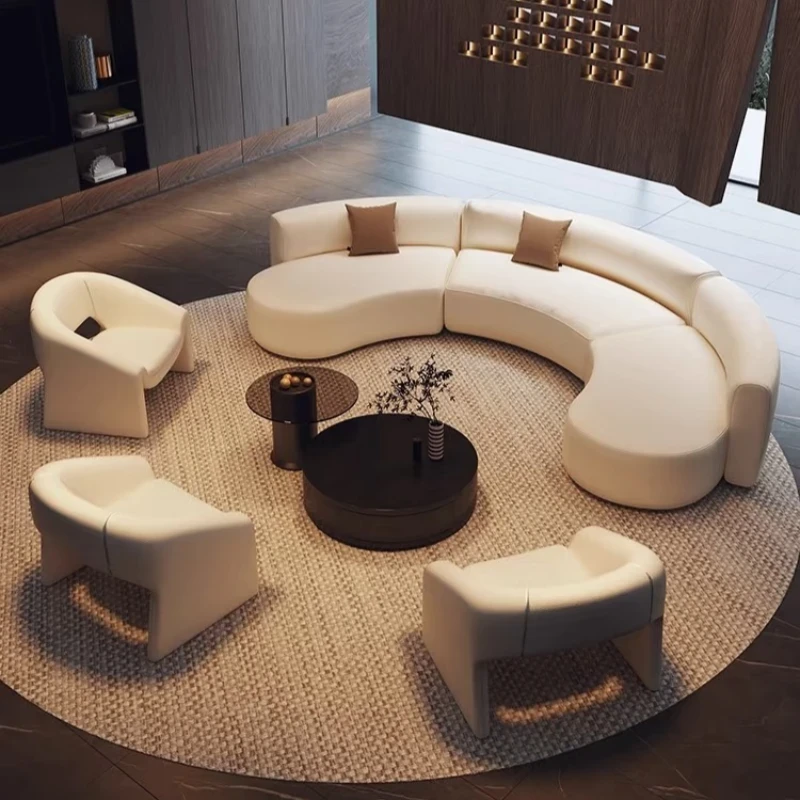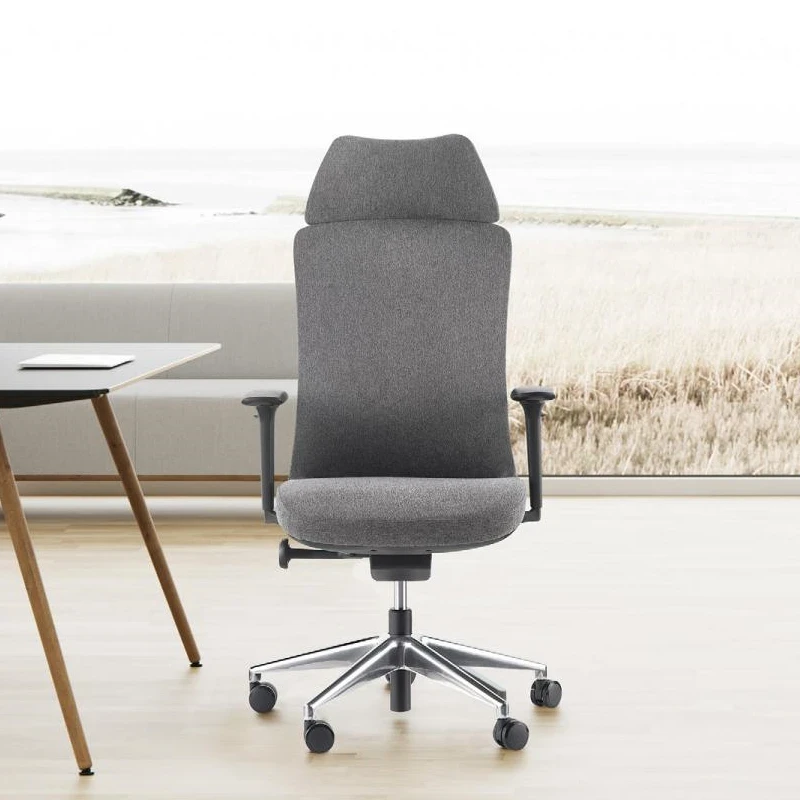There are so many different sofas on the market these days, and they all look so beautiful, it can be hard to choose. But a good sofa isn't just about appearance; practicality is also paramount. To understand a sofa's practicality, you need to understand its construction. So, do you know what a sofa's construction is?
Generally speaking, a sofa consists of three main components: the frame, filling, and fabric. The frame determines the sofa's overall structure and shape. A sturdy frame ensures the sofa's stability, preventing it from deforming or collapsing. Solid wood frames are common, and many leather and fabric sofa manufacturers use them.
A sofa's filling material determines its comfort and resilience. Sofa filling material refers to sponge, which comes in three types: high-elastic, super-soft, and medium-elastic. Good filling materials offer advantages such as high elasticity, deformation resistance, and a long service life. For example, to test the resilience of a common living room leather or fabric sofa, press the armrests and backrest. If you can clearly feel the wooden frame, the sofa's filling density is low and its elasticity is insufficient. A sofa with easily pressed wooden frames will also accelerate wear on the cover, shortening its lifespan.
The fabric of a sofa comes into direct contact with the user and is an outward reflection of its quality. Common sofa fabrics include genuine leather or fabric. Genuine leather generally refers to animal hides like cowhide, while fabric can be categorized into a variety of fabrics, such as cotton, linen, and velvet. Different sofa fabrics have distinct characteristics. Regardless of the leather or fabric sofa brand, whether well-known or lesser-known, it's crucial to consider the quality of the sofa's fabric.

 USD
USD
 GBP
GBP
 EUR
EUR
